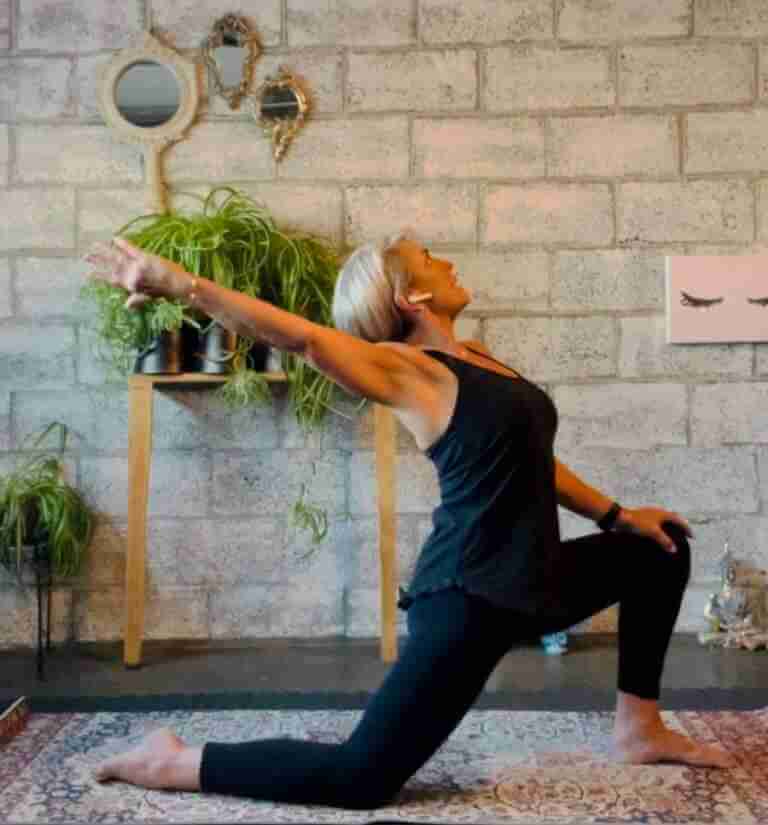
Joshua Tree Wellness Retreat 2024: Best of California
Nestled in the heart of the desert Joshua Tree and its mystical landscape stand as a beacon for those seeking wellness and spiritual rejuvenation Renowned for its unique desert beauty and powerful energy vortex Joshua Tree provides an idyllic backdrop for wellness retreats These retreats offer a harmonious blend of yoga practices wellness classes and transformative workshops designed to nurture the body mind and spirit
Set against the natural beauty and tranquility of Joshua Tree these retreats promise an immersive experience that fosters deep healing and personal growth





